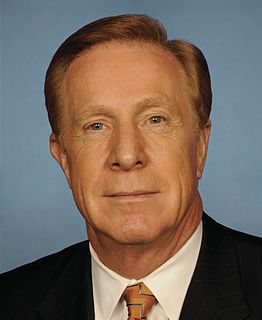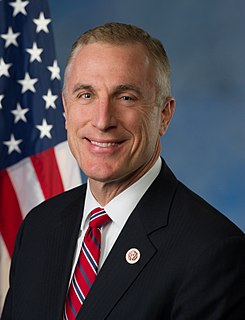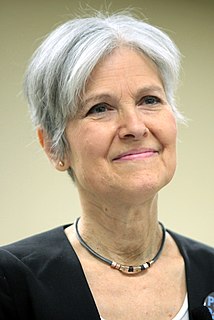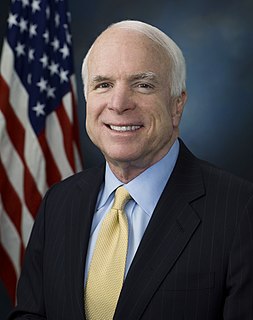A Quote by Gary Miller
In 1973, America imported 30 percent of its crude oil needs. Today, that number has doubled to more than 60 percent. Gas prices are as high as they are now in part because we've had no comprehensive national energy policy for the past few decades
Related Quotes
First, the oil and gas business pays its fair share of taxes. Despite the current debate on energy taxes, few businesses pay more in taxes than oil and gas companies. The worldwide effective tax rate for our industry in 2010 was 40 percent. That's higher than the U.S. statutory rate of 35 percent and the rate for manufacturers of 26.5 percent.
By 1940 the literacy figure for all states stood at 96 percent for whites. Eighty percent for blacks. Notice for all the disadvantages blacks labored under, four of five were still literate. Six decades later, at the end of the 20th century, the National Adult Literacy Survey and the National Assessment of Educational Progress say 40 percent of blacks and 17 percent of whites can't read at all. Put another way, black illiteracy doubled, white illiteracy quadrupled, despite the fact that we spend three or four times as much real money on schooling as we did 60 years ago.
Forests are breaking out all over America. New England has more forests since the Civil War. In 1880, New York State was only 25 percent forested. Today it is more than 66 percent. In 1850, Vermont was only 35 percent forested. Now it's 76 percent forested and rising. In the south, more land is covered by forest than at any time in the last century. In 1936 a study found that 80 percent of piedmont Georgia was without trees. Today nearly 70 percent of the state is forested. In the last decade alone, America has added more than 10 million acres of forestland.
One of the most durable successes of the war on poverty was to dramatically reduce the number of elderly poor in America. That's still true today. But, by contrast, child poverty has shot up over the last few years: A decade ago, about 16 percent of children in America were poor - which is a shockingly high percentage. But it's not as shocking as today, when we see that 22 percent of kids live in poverty.
Under the rule of the "free market" ideology, we have gone through two decades of an energy crisis without an effective energy policy. Because of an easy and thoughtless reliance on imported oil, we have no adequate policy for the conservation of gasoline and other petroleum products. We have no adequate policy for the development or use of other, less harmful forms of energy. We have no adequate system of public transportation.
The technology is available to us today to begin the transition to 100 percent renewable energy. What is keeping us from making that transition is nothing more than misinformation, a lack of knowledge by most people of what is available, and an unwillingness on the part of many of our politicians for either ideological slavishness or something more self-serving, like major campaign contributions from the oil and gas corporations or from utilities who enjoy the monopoly they have on our energy systems.
When we talk about the Far East we usually mean the Far East itself, including Primorye Territory, Khabarovsk Territory, Kamchatka, and Chukotka, as well as Eastern Siberia. All this area contains tremendous resources, including oil and gas, 90 percent of Russian tin, 30 percent of Russian gold, 35 percent of forest, 70 percent of Russia's fish is harvested in the local waters.
When coal came into the picture, it took about 50 or 60 years to displace timber. Then, crude oil was found, and it took 60, 70 years, and then natural gas. So it takes 100 years or more for some new breakthrough in energy to become the dominant source. Most people have difficulty coming to grips with the sheer enormity of energy consumption.































